A Guide to Affordable Glass Skin Treatment in South Korea
.png)
That luminous, poreless, and intensely hydrated complexion known as "glass skin" has become a global beauty standard, and its epicenter is undoubtedly South Korea. If you're dreaming of achieving this coveted look, you're likely wondering about the cost of glass skin treatment in South Korea. The good news is that achieving this radiant skin is more accessible and affordable than you might think, making it a primary goal for many medical tourists. The country's advanced dermatological clinics offer a wide array of innovative treatments designed to give you that signature dewy glow.
This guide will walk you through everything you need to know about the costs, procedures, and process of getting a glass skin treatment in South Korea. We'll break down the prices of the most popular treatments, explain what each procedure involves, and answer all the pressing questions you have about safety, booking, and results. Let's dive into how you can achieve the flawless skin of your dreams.
How much does glass skin treatment cost in South Korea?
"A single session of a glass skin treatment in South Korea can range from $150 to $700, while a comprehensive package combining multiple procedures may cost between $800 and $2,000. The final price depends entirely on the specific treatments you choose and the clinic."
The term "glass skin treatment" doesn't refer to a single procedure but rather a combination of treatments tailored to your specific skin needs. The total cost is a sum of its parts. For example, a simple hydrating facial like an AquaPeel will be on the lower end of the price spectrum, while more intensive treatments like skin boosters (e.g., Rejuran Healer) or combination therapies will be on the higher end.
Many clinics in Seoul offer package deals for international patients, which can provide better value. These packages often include a consultation, several different treatments performed over a few days, and sometimes even aftercare products. It's crucial to get a personalized quote during your consultation to understand the full cost based on your skin goals.
What exactly is a "glass skin" treatment?
"A 'glass skin' treatment is not one specific procedure but a customized combination of non-invasive or minimally invasive dermatological treatments aimed at achieving a smooth, clear, and intensely hydrated complexion that appears translucent and luminous, like a piece of glass."
The goal of these treatments is to address multiple skin concerns simultaneously. This includes improving skin texture, minimizing pores, boosting hydration from within, and evening out skin tone. A dermatologist will assess your skin's condition and recommend a unique cocktail of treatments to achieve the desired effect.
This multi-faceted approach is why Korean dermatology is so effective. Instead of a one-size-fits-all solution, the focus is on layering different technologies and ingredients. This could involve deep cleansing, gentle exfoliation, nutrient infusion, and collagen stimulation, all working together to build a healthy, radiant skin foundation.
What are the most popular treatments for achieving glass skin in Korea?
"The most popular treatments for achieving glass skin in South Korea include the AquaPeel for deep cleansing, skin boosters like Rejuran Healer and Chanel Injection for deep hydration and rejuvenation, and gentle resurfacing procedures like the LHALA Peel."
These treatments are the building blocks that dermatologists use to create that signature glass skin effect. They are often combined for a synergistic effect.
- Hydrafacials/AquaPeels: These treatments are a go-to for instant hydration and a clean slate.
- Skin Boosters: Injectable moisture treatments that deliver hyaluronic acid and other nutrients directly into the skin for a long-lasting glow.
- Pico Toning Lasers: Used to break up pigmentation, reduce redness, and improve overall skin tone without significant downtime.
- Microneedling/Potenza: These procedures create micro-injuries in the skin to stimulate collagen production, leading to firmer, smoother skin over time.
- Chemical Peels: Gentle peels designed to exfoliate the top layer of skin, revealing a brighter, more even complexion underneath.
How much is an AquaPeel in South Korea?
"The cost of an AquaPeel facial in South Korea is typically between $100 and $200 per session. Prices can vary based on the clinic's location and reputation."
An AquaPeel is often the first step in a glass skin treatment plan. It's a three-step non-invasive procedure that uses a specialized device to cleanse, exfoliate, and hydrate the skin. The first step dissolves impurities and dead skin cells, the second suctions out debris from pores (like blackheads and whiteheads), and the third infuses the skin with hydrating and nourishing serums.
This treatment is incredibly popular because it delivers immediate results with zero downtime. Your skin will look instantly brighter, cleaner, and more hydrated. It's an excellent standalone monthly facial or a preparatory step for more intensive treatments, ensuring the skin is receptive to other products and procedures.
What is the price of a Chanel (Filorga) Injection in Korea?
"A Chanel Injection, also known as NCTF 135HA by Filorga, typically costs between $250 and $450 per session in South Korea. Package deals for multiple sessions are often available at a reduced price."
The Chanel Injection is a celebrity-favorite skin booster in Seoul. It's a powerful anti-aging cocktail containing hyaluronic acid and 53 other ingredients, including vitamins, amino acids, minerals, and antioxidants. This potent blend is delivered into the skin via micro-injections to revitalize it from the inside out.
This treatment is designed to improve skin brightness, hydration, and elasticity. Patients often report a significant improvement in their skin's overall radiance and texture after a series of treatments. It’s a fantastic option for those with dry, dull, or tired-looking skin who want to restore a youthful, healthy glow.
How much does Rejuran Healer cost in Seoul?
"The cost of Rejuran Healer in Seoul typically ranges from $300 to $600 per session (usually 2cc). The price depends on the clinic and whether it's part of a larger treatment package."
Rejuran Healer is a revolutionary skin-healing treatment that uses polynucleotides (PN) derived from salmon DNA. These PNs are biocompatible with human skin and work to repair damaged skin cells, stimulate collagen production, and improve skin elasticity. Unlike hyaluronic acid fillers that simply plump the skin, Rejuran actively heals and regenerates the skin at a cellular level.
This treatment is highly recommended for a variety of concerns, including fine lines, acne scars, enlarged pores, and overall skin rejuvenation. A course of 3-4 treatments, spaced a month apart, is typically recommended for optimal results, leading to firmer, smoother, and healthier skin that forms the perfect canvas for the glass skin look.
What about the cost of a LHALA Peel?
"A LHALA Peel in South Korea generally costs between $150 and $300 per session. It's often bundled with other treatments for a comprehensive skincare experience."
The LHALA Peel is a fourth-generation peeling agent that is much gentler than traditional chemical peels. It combines LHA (Lipo Hydroxy Acid) with alkali to gently exfoliate the skin without causing irritation or requiring significant downtime. The peel works by dissolving dead skin cells and promoting cellular turnover, all while stimulating the skin's natural healing process.
This treatment is perfect for those with sensitive skin who still want the brightening and smoothing benefits of a peel. It helps to improve skin texture, reduce acne, and enhance the skin's natural glow. Because it's so gentle, it can be performed regularly and is an excellent component of a long-term glass skin maintenance plan.
Is one treatment enough to get glass skin?
"No, a single treatment is rarely enough to achieve true glass skin. It is typically a result of a series of consistent, targeted treatments combined with a diligent at-home skincare regimen."
Think of achieving glass skin like going to the gym. You won't see transformative results after just one workout. Lasting, visible improvement comes from consistency. While a single session of an AquaPeel or a skin booster will certainly give you a temporary glow, the true "glass-like" quality is built over time.
Most dermatologists in Korea will recommend a course of treatments to build a strong, healthy skin foundation. This might look like a series of three Rejuran Healer sessions, monthly AquaPeels, and a course of Pico toning. This strategic, long-term approach ensures the results are not only beautiful but also sustainable.
Why is skincare in South Korea cheaper than in other countries?
"Skincare treatments are generally more affordable in South Korea due to high competition among the vast number of clinics, lower overhead costs, and government support for the beauty and medical tourism industries. This allows clinics to offer advanced treatments at a lower price point."
The sheer density of dermatology clinics, especially in districts like Gangnam in Seoul, creates a highly competitive market. This competition drives prices down while pushing the quality of service and technology up. Clinics are constantly innovating and adopting the latest procedures to attract both local and international clients.
Furthermore, the industry is a significant contributor to the national economy, benefiting from a streamlined regulatory environment and support for medical tourism. This efficiency is passed on to the consumer, making Korean skincare clinics a global hub for high-quality, affordable care.
How do I choose the right dermatology clinic in Seoul?
"To choose the right dermatology clinic in Seoul, look for clinics with experienced, board-certified dermatologists, positive reviews from international patients, transparent pricing, and staff who can communicate in English or provide a translator."
Your experience will be significantly better if you do your homework. Start by researching clinics online, looking at before-and-after photos, and reading patient testimonials on forums and review sites. Prioritize clinics that are transparent about their pricing and list the qualifications of their medical staff.
Many top-tier clinics cater specifically to foreigners and will have English-speaking coordinators who can guide you through the entire process, from booking your appointment to your post-treatment care. Don't hesitate to email a few clinics with your questions to gauge their responsiveness and level of service.
Are these skin treatments in South Korea safe?
"Yes, when performed by qualified professionals in reputable clinics, glass skin treatments in South Korea are extremely safe. The country has a highly regulated medical industry with stringent standards for safety and hygiene, and many clinics are internationally accredited."
South Korea is one of the most technologically advanced countries in the field of dermatology. Clinics use state-of-the-art equipment and high-quality, approved products. Dermatologists undergo extensive training and are highly specialized.
The key to ensuring safety is choosing a legitimate and well-regarded clinic. Avoid deals that seem too good to be true and always verify the credentials of the clinic and its doctors. As a leading destination for medical tourism in South Korea, the top facilities pride themselves on maintaining international safety protocols.
Can a tourist get skin treatments in South Korea?
"Absolutely. Tourists can easily get skin treatments in South Korea. The country's medical tourism infrastructure is well-developed, and many clinics in Seoul are specifically equipped to welcome and treat international visitors."
You do not need a special medical visa to undergo non-invasive or minimally invasive procedures as a tourist. The process is straightforward, and clinics that cater to foreigners are adept at handling the logistics for travelers. They often provide all necessary information and support to make your visit seamless.
From the initial online consultation to scheduling your appointment to fit your travel itinerary, the process is designed for convenience. This accessibility is a major reason why so many people travel to Korea specifically for these treatments.
How do I book an appointment at a Korean skin clinic?
"Booking an appointment is simple. You can typically book directly through the clinic's website, via email, or by using messaging apps like WhatsApp or KakaoTalk. Many clinics have English-speaking coordinators to assist with the process."
Start by reaching out to your chosen clinic a few weeks or even months before your trip, especially if you're visiting during a peak season. You will usually be asked to provide some basic information and photos of your skin so the clinic can get a preliminary idea of your concerns.
Some clinics may require a small deposit to secure your appointment time. The coordinator will help you schedule your consultation and treatment sessions to fit your travel dates. The entire process is designed to be as smooth and hassle-free as possible for international visitors.
What should I expect during my consultation?
"During your consultation, you will meet with a dermatologist who will analyze your skin, possibly using advanced imaging technology. You will discuss your skin concerns and goals, and the doctor will recommend a personalized treatment plan, explaining the procedures, expected results, and the total cost."
This is the most important step in your glass skin treatment journey. Be open and honest about your goals, budget, and any concerns you might have. An English-speaking coordinator or translator will be present to ensure there are no communication barriers.
The doctor will explain why they are recommending certain treatments and what you can expect in terms of downtime and results. You will be given a final quote for your treatment plan, and once you agree, you can often proceed with your first treatment on the same day.
Is there any downtime after these treatments?
"Downtime varies depending on the treatment. Non-invasive procedures like an AquaPeel have no downtime at all. Minimally invasive treatments like skin boosters (Rejuran, Chanel Injection) or microneedling may result in minor redness, swelling, or tiny bumps for 24-72 hours."
Your dermatologist will provide you with detailed aftercare instructions to minimize downtime and ensure the best possible results. For injectable treatments, you might be advised to avoid alcohol, strenuous exercise, and saunas for a few days. Small bruises at the injection site are possible but usually fade quickly and can be covered with makeup.
Most people are able to resume their normal tourist activities within a day or two. The minor, temporary side effects are a small trade-off for the long-term benefits of these incredibly effective treatments.
How long do the results of a glass skin treatment last?
"The longevity of the results depends on the specific treatments received, your skin type, and your lifestyle. A simple facial's glow might last a week, while the results from a series of skin boosters like Rejuran Healer can last for 6-12 months or longer with proper maintenance."
The goal of a comprehensive glass skin treatment plan is to achieve cumulative and lasting improvement in your skin's health and appearance. The collagen stimulated by treatments like microneedling or Rejuran will continue to improve your skin's texture for months after the procedures.
To maintain your results, it is crucial to follow a good at-home skincare routine, including consistent use of sunscreen. Many people return to Korea annually for maintenance treatments to keep their skin in optimal condition, building upon the results of their previous visits.
Ready to start your journey to flawless glass skin in South Korea? Explore top-rated clinics and get personalized quotes with PlacidWay. We are here to help you connect with trusted healthcare providers for a seamless and rewarding medical tourism experience.
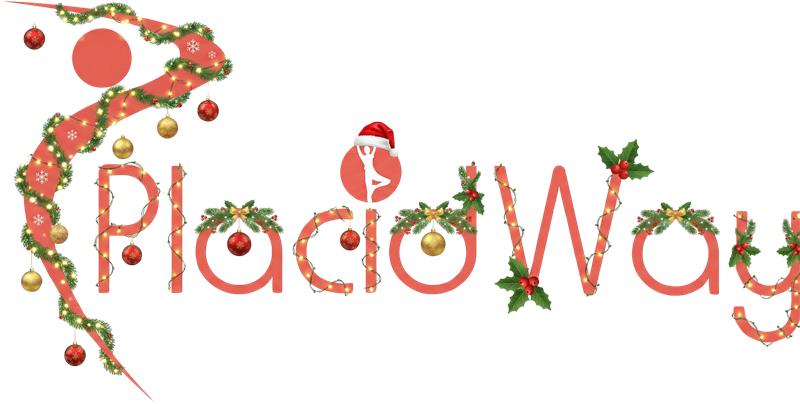

.png)

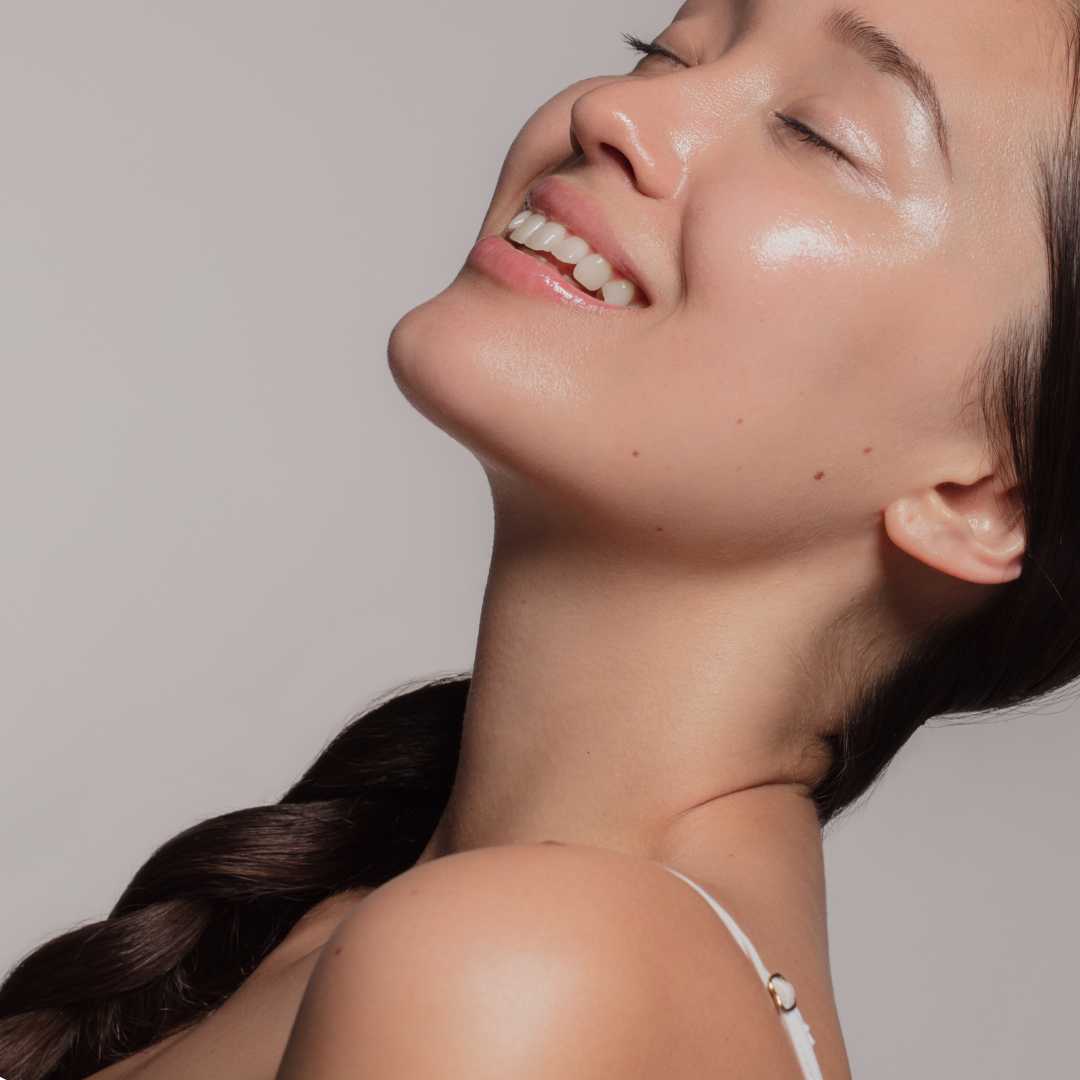
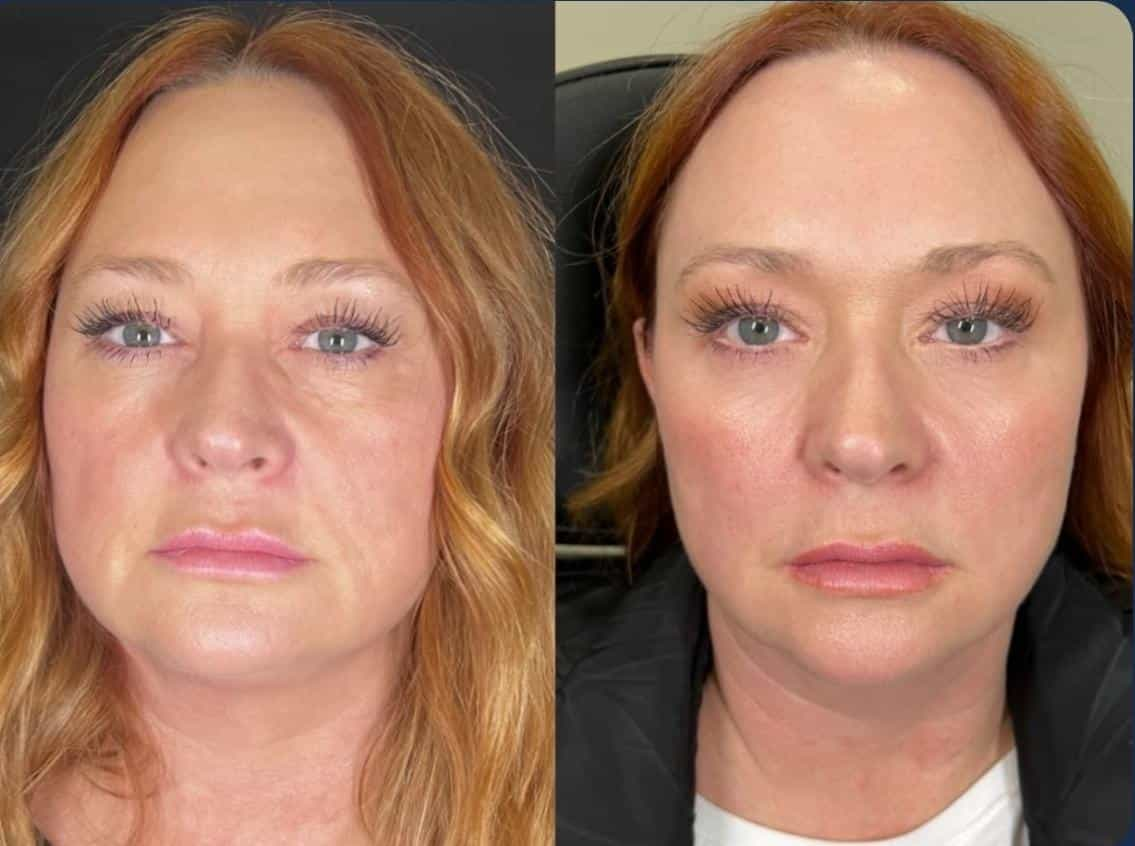
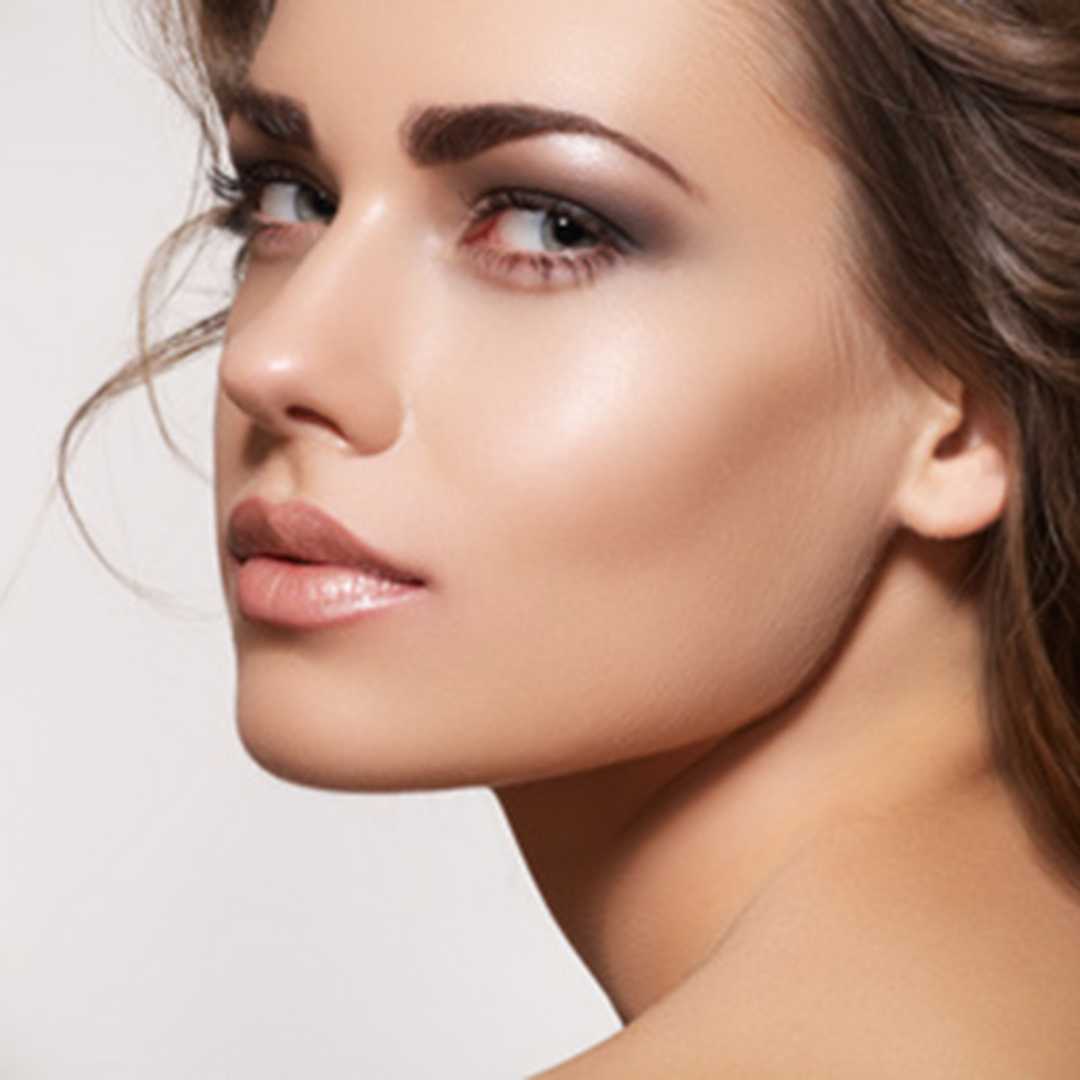
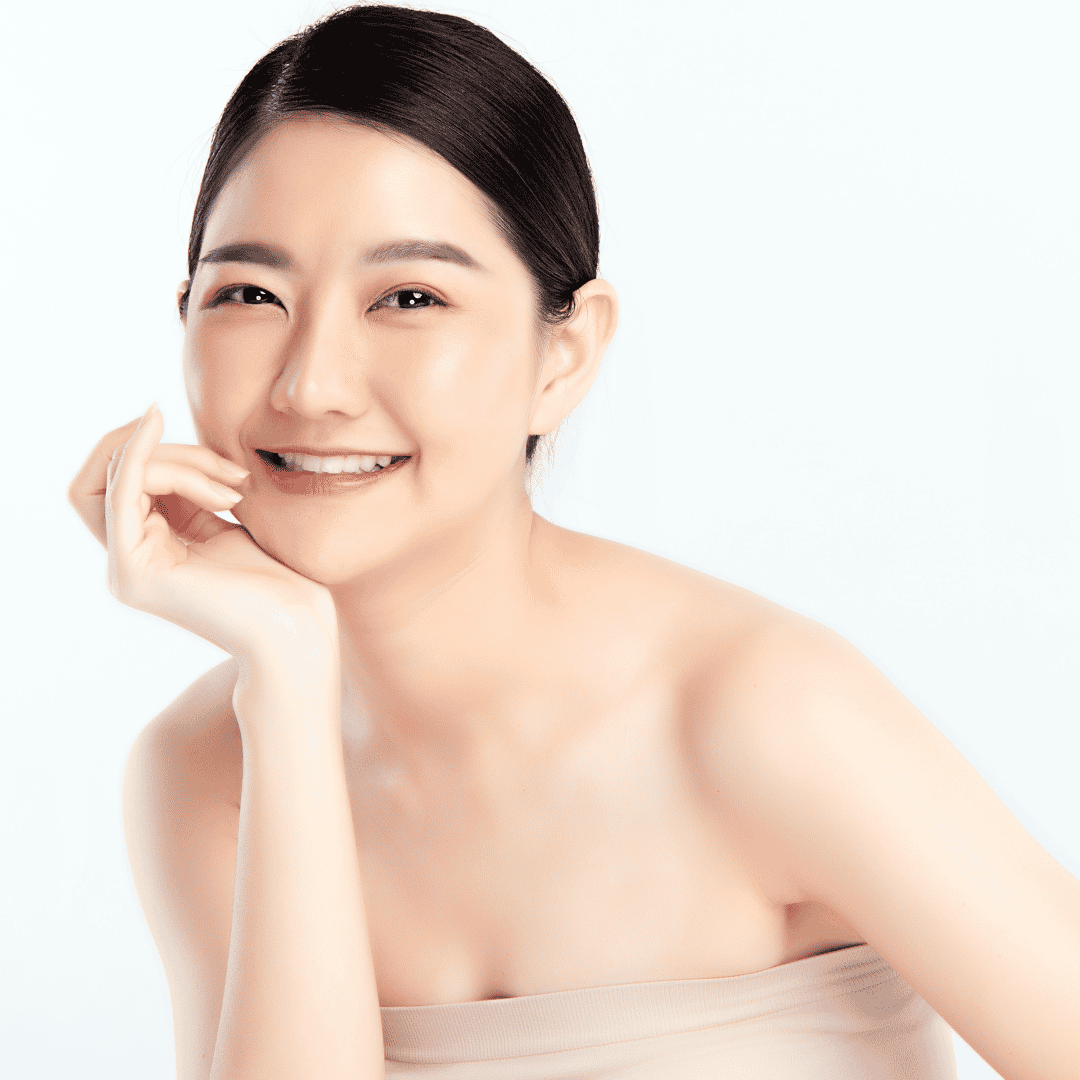


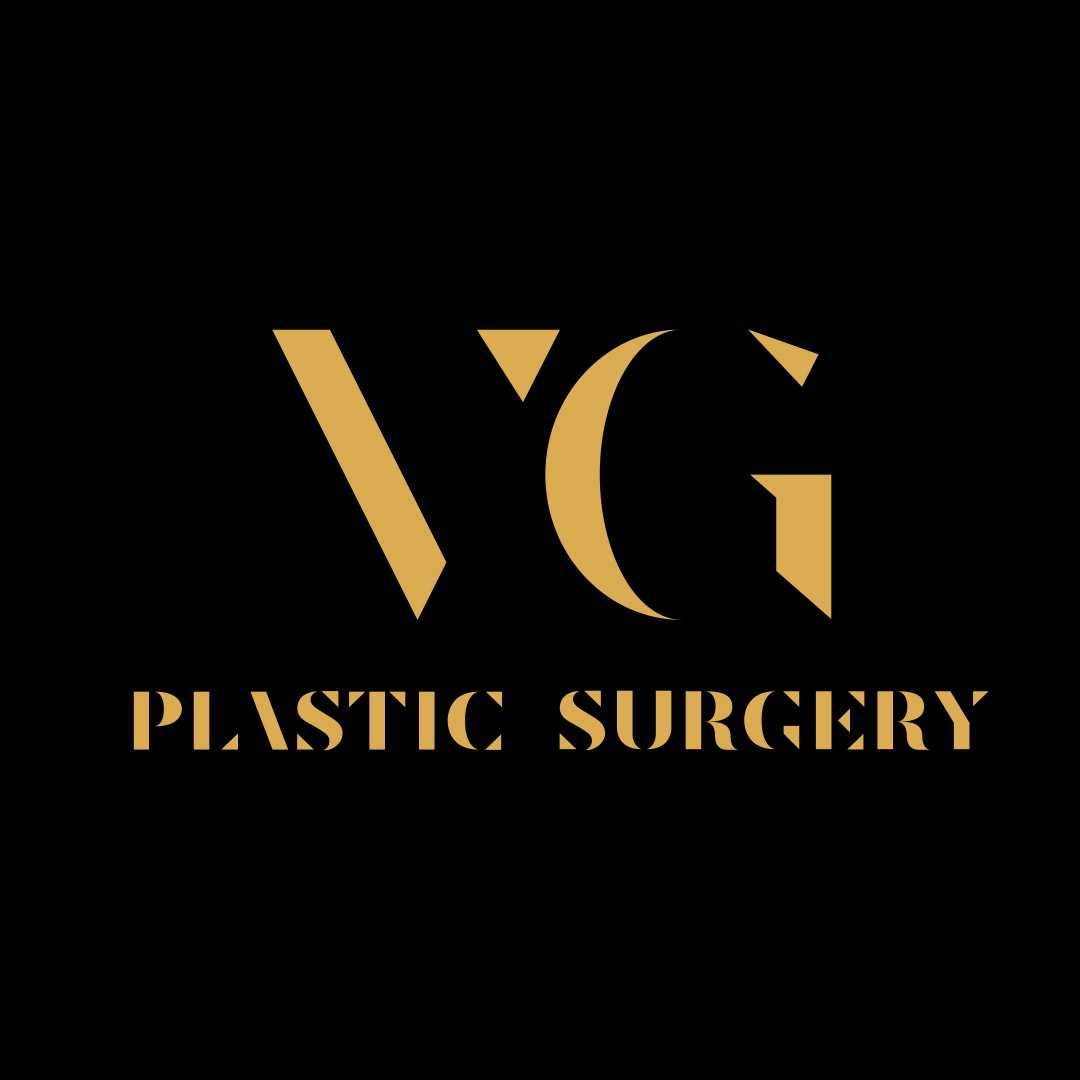
.png)
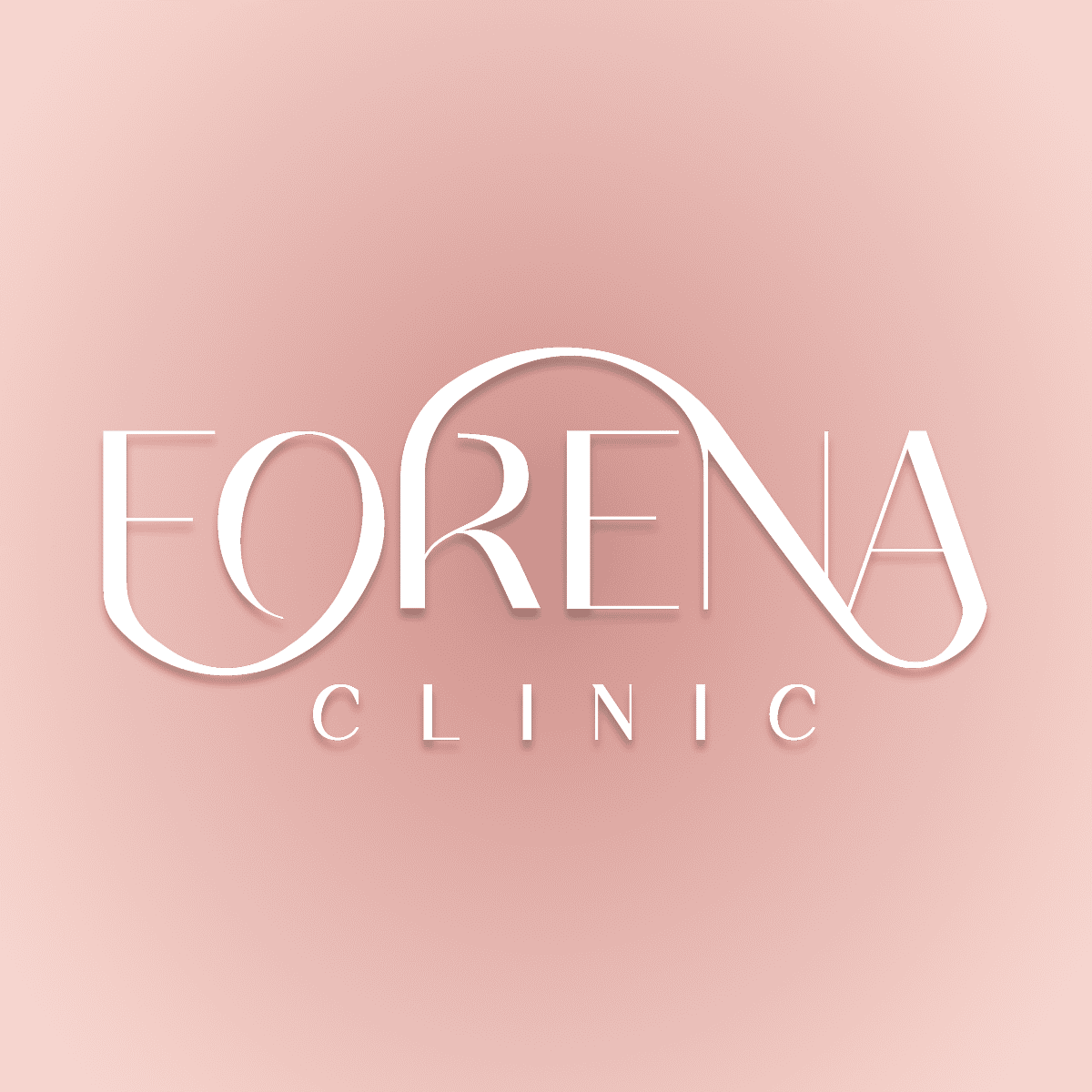
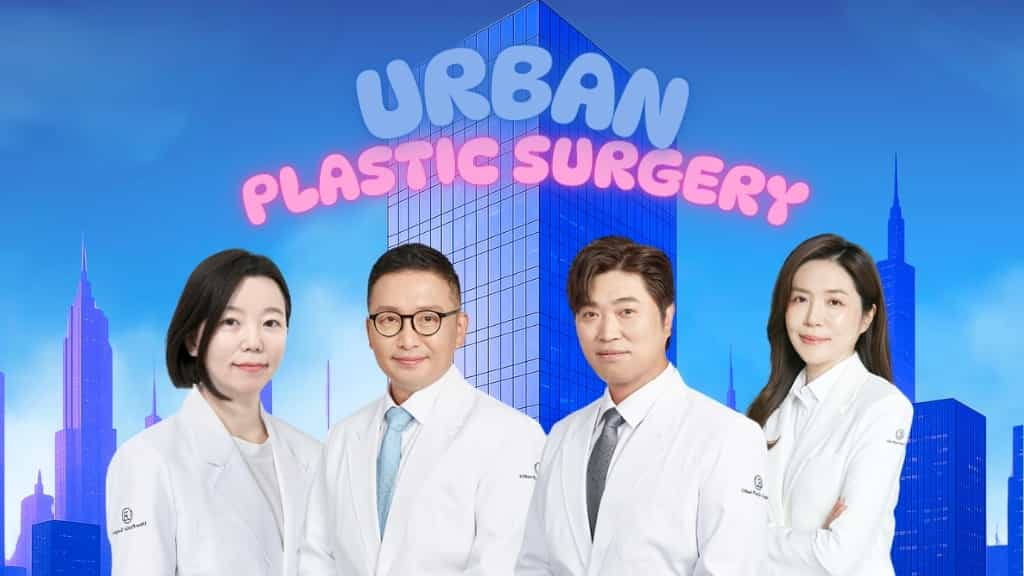
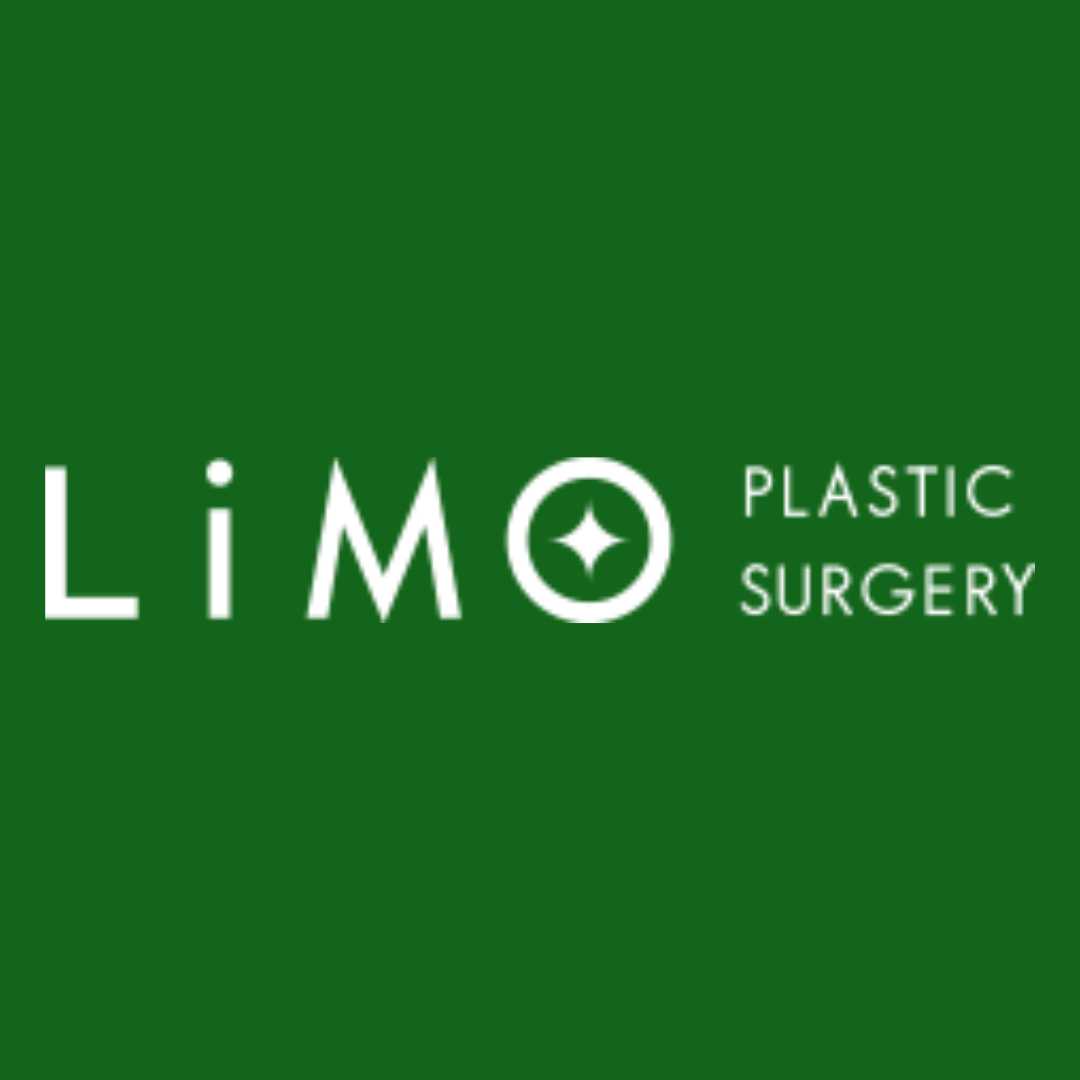

Share this listing